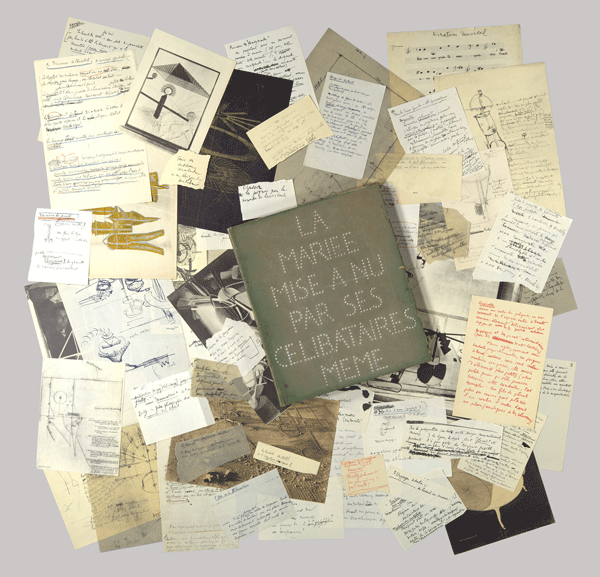
This year, Unit 7 will aim to identify and preserve the delicate and specific aspects of the city that are on the verge of extinction and in urgent need of revival. To do this, we will first have to seek them out by delving into London’s hidden communities and carefully dissecting the make up and materiality of its streets from the roots up. Our site for this year is Clerkenwell, a bustling inner city area which is home to a diverse range of overlapping residential and commercial communities, eminent architectural practices, pubs and restaurants as well as notable historic landmarks including Smithfield Market, Exmouth Market and the Finsbury Health Centre. Clerkenwell’s history also reveals an anarchic past having been home to criminals, radicals, non-conformists and revolutionaries, among them Vladimir Lenin and Oliver Cromwell. Clerkenwell has also been the site of fictional transgressions including around Bowling Green Lane where Fagin and the Artful Dodger’s taught Oliver Twist to pickpocket. Every street in Clerkenwell is a carefully composed palimpsest through which a rich and complex layering of historical events and fictional narratives is alluded to.
Serial Vision – 3 Weeks [Sep 2017- Oct 2017] We will begin the year by going on a group journey on foot starting in Finsbury, wandering through Clerkenwell and Farringdon and ending in Old Street. The purpose of our journey will be to carefully examine the city as it presents itself to us with the aim of finding evidence of subtle and submerged identities which are under threat and in need of revival. In order to carry out this initial task, we will first need to develop a toy box of inventivemethods to help us discover, record and represent our findings. Like forensic investigators, these methods will enable us to consider our sites in relation to time, at different scales and from a variety of perspectives. Our toy boxes will also be equipped with a wide range of in-situ analogue and digital recording techniques, including photogrammetry, cartography, model making, visual effects, composite drawing, scanning and experimental photography.
Critical Localism – [Main Project: Nov 2017 – May 2018]
Having become well-acquainted with our sites and well-equipped with the tools to enable us to look, record and represent, we will go on to develop acutely contextual building programmes for a series of urban interventions that are informed by our individual research topics and celebrate and preserve the delicate characteristics of our chosen localities. Our proposals will challenge conventional urban design strategies and employ radical new tactics to encourage civic engagement and ensure they become a complementary and resilient part of the local palimpsest.
Year 2
Second years will be designing high-street civic buildings in an elected site in London Clerkenwell. Your buildings should have a strong focus on craft and technological heritage and carefully consider the existing context, materiality, and the experience of the building over time by its occupants. Your projects will be highly experimental yet technically rigorous and will help to develop ways of working and narrow down topics of interest in preparation for third year.
Year 3
Third years will be designing a complex and ambitious research building with mixed public programs on a busy urban site in London Clerkenwell. You will select a site of your choice relevant to the initial detailed study during Serial Vision and complete an initial draft building scheme by December 2017, to allow you to focus on its architectural technology. You will be encouraged to use your dissertations to inform your design where appropriate. You will also be encouraged to extrapolate the tactics proposed by your building project to a community or city scale in order to test their validity when applied on a larger scale.Unit 7 is a research and experimental unit that explores intersections of architecture, technology, science fiction and philosophy. We want you to develop projects in high detail that examine the modern society and its architectures, and to explore the consequences of new technologies on your designs in the present and in the near future. We will encourage you to use a hybrid of both analogue and digital media to develop the design of your buildings, and prepare you for practice.